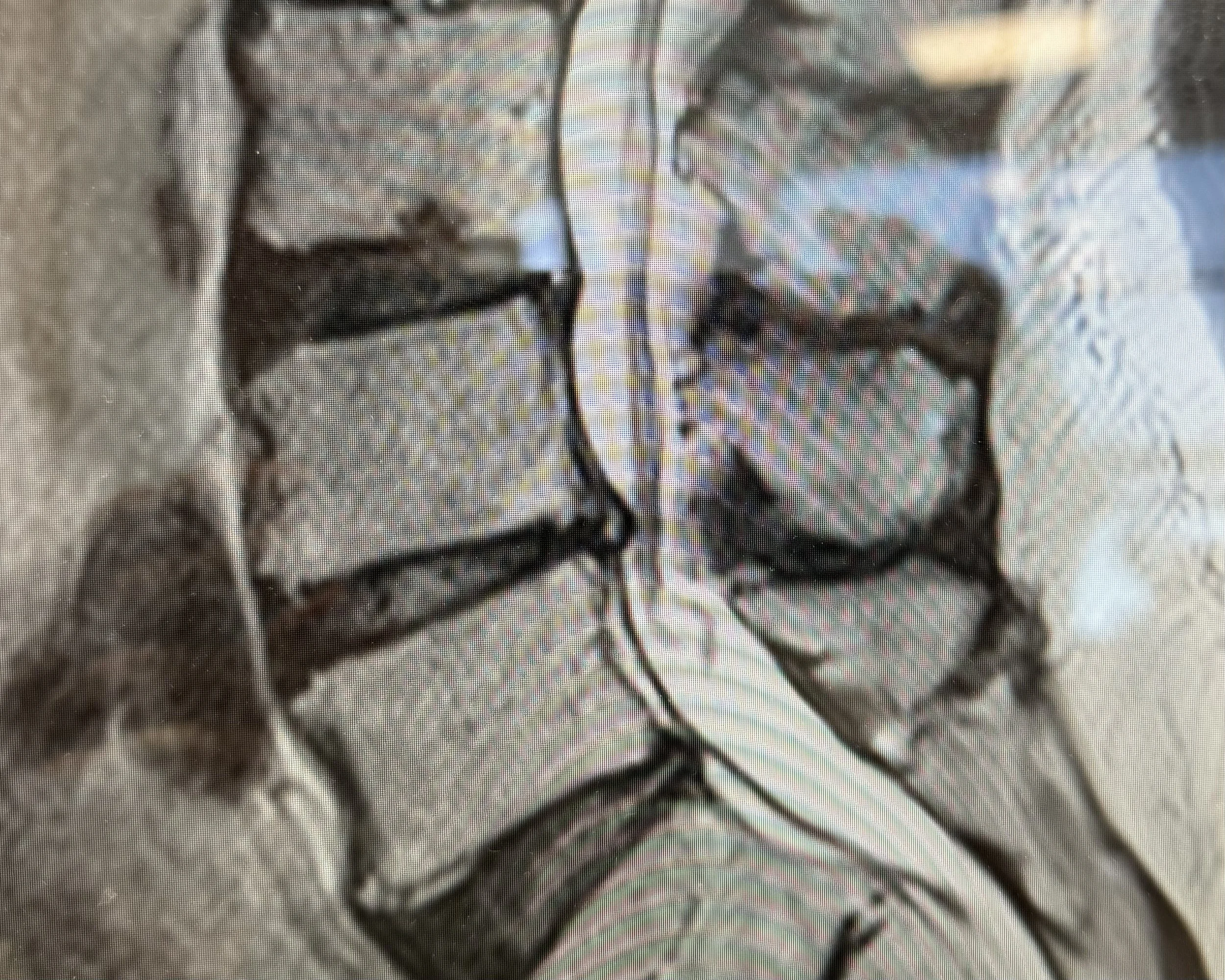Title: Understanding Lumbar Spinal Stenosis: Causes, Symptoms, and Treatment Options
Introduction:
Welcome to our comprehensive guide on lumbar spinal stenosis, a common condition affecting the lower back. In this article, we’ll delve into the causes, symptoms, diagnosis, and treatment options for lumbar spinal stenosis. Whether you’re seeking information for yourself or a loved one, we’ve got you covered.
What is Lumbar Spinal Stenosis?
Lumbar spinal stenosis is a narrowing of the spinal canal in the lower back, which can compress the nerves that travel through this region. This compression often leads to pain, numbness, or weakness in the legs and lower back.
Causes of Lumbar Spinal Stenosis:
1. Degenerative Changes: As we age, the spinal canal can narrow due to degenerative changes such as osteoarthritis and thickening of ligaments.
2. Herniated Discs: Bulging or herniated discs can protrude into the spinal canal, causing compression.
3. Trauma: Injuries to the spine can lead to spinal stenosis.
4. Congenital Factors: Some individuals are born with a narrow spinal canal, predisposing them to stenosis later in life.
Symptoms of Lumbar Spinal Stenosis:
1. Pain: Persistent lower back pain, often radiating to the buttocks and legs.
2. Numbness and Tingling: Numbness or tingling sensations in the legs or feet.
3. Weakness: Weakness in the legs, leading to difficulty walking or maintaining balance.
4. Loss of Bladder or Bowel Control: In severe cases, lumbar spinal stenosis can cause loss of bladder or bowel control, indicating a medical emergency.
Diagnosis:
Diagnosing lumbar spinal stenosis typically involves a combination of medical history review, physical examination, and imaging tests such as X-rays, MRI, or CT scans.
Treatment Options:
1. Conservative Management: Initial treatment may include rest, physical therapy, anti-inflammatory medications, and epidural steroid injections to manage pain and inflammation.
2. Surgical Intervention: If conservative measures fail to provide relief, surgical options such as decompressive laminectomy or spinal fusion may be recommended to alleviate pressure on the affected nerves.
Prevention and Lifestyle Modifications:
While lumbar spinal stenosis may not always be preventable, certain lifestyle modifications can help reduce the risk of developing or exacerbating the condition. These include maintaining a healthy weight, practicing good posture, engaging in regular exercise, and avoiding activities that strain the lower back.
Conclusion:
Lumbar spinal stenosis can significantly impact one’s quality of life, but with proper understanding and management, individuals can find relief from symptoms and regain functionality. If you or someone you know is experiencing symptoms of lumbar spinal stenosis, it’s crucial to seek medical evaluation and explore treatment options tailored to your specific needs.
Citations:
1. Mayo Clinic. (2022). Lumbar Spinal Stenosis. Retrieved from https://www.mayoclinic.org/diseases-conditions/spinal-stenosis/symptoms-causes/syc-20352961
2. National Institute of Neurological Disorders and Stroke. (2022). Spinal Stenosis Information Page. Retrieved from https://www.ninds.nih.gov/Disorders/All-Disorders/Spinal-Stenosis-Information-Page
3. American Academy of Orthopaedic Surgeons. (2022). Lumbar Spinal Stenosis. Retrieved from https://orthoinfo.aaos.org/en/diseases–conditions/lumbar-spinal-stenosis/

